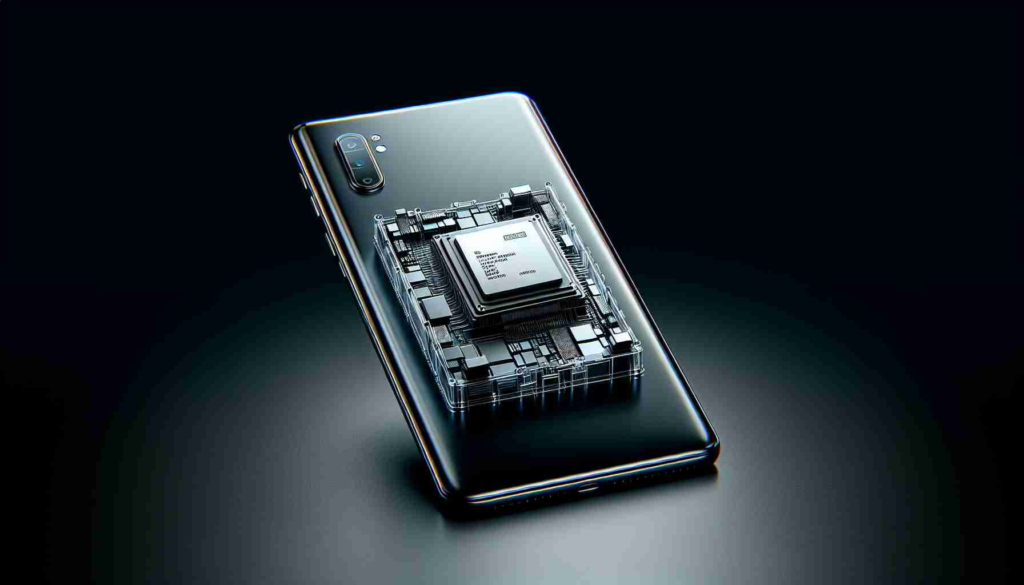In a groundbreaking change, leading smartphone manufacturers are gearing up to introduce cutting-edge processors in their upcoming flagship models. Recent reports suggest that Samsung is all set to revolutionize the Galaxy S series by including new generation processors in all its models including the much-anticipated Galaxy S25 and S25+. The move is expected to set new benchmarks in performance and efficiency for smartphones across the globe.
The days of lagging behind the competition are over. Samsung is driving innovation forward with the development of its latest Exynos processor, codenamed “Eagle.” Amid concerns over production schedules, industry insiders suggest Samsung is focusing on improving the yield rate of Exynos 2500 to meet demand for the Galaxy S25 series. Expected to be up to 30% more efficient, the Eagle processor is expected to deliver unmatched speed and reliability.
Analysts predict that this strategic shift to in-house processors will strengthen Samsung’s position in the semiconductor market and pave the way for future technological advancements. With Qualcomm also set to unveil its latest Snapdragon processor by October, the stage is set for fierce competition in the mobile computing arena.
Ultimately, users can expect a paradigm shift in smartphone performance as the Galaxy S25 series redefines industry standards. As brands compete for dominance in the processor market, consumers will benefit from increased efficiency and a seamless user experience. The era of next-generation processors has arrived, heralding a new dawn in smartphone technology.
The Evolution of Smartphone Processors: Revealing Key Insights
Smartphone technology is constantly evolving, with the race to adopt next-generation processors reaching new heights. While much of the attention so far has been on Samsung’s Exynos processors and Qualcomm’s Snapdragon series, there are further facts and insights that shed light on the trends of this transformation.
What are the key factors driving the development of next-generation processors?
Demand for increased performance and efficiency in smartphones is the driving force behind cutting-edge processors. Today’s consumers expect seamless multitasking, improved battery life and optimized processing speeds, all of which can be delivered through advancements in processor technology.
What are the main challenges associated with implementing next-generation processors?
One of the main challenges manufacturers face is ensuring a smooth transition to new processors without breaking compatibility with existing software and applications. Additionally, balancing the increasing power consumption of advanced processors with the need for extended battery life is a key challenge for developers.
What are the benefits of next-generation processors for smartphone users?
Next-generation processors deliver huge performance gains, allowing users to enjoy faster app load times, smoother multitasking and enhanced graphics capabilities. These processor efficiency improvements also mean longer battery life and less need for frequent charging.
What are the drawbacks of moving to the next generation of processors?
Although the benefits of next-generation processors are significant, the transition can also come with drawbacks, such as compatibility issues with older devices, increased production costs, and the need for users to adapt to new technologies and interfaces. Additionally, rapid innovation in processor technology can lead to premature device obsolescence.
As smartphone manufacturers continue to push the boundaries of processing power and efficiency, users can expect a new era of innovation and improved user experience. The integration of next-generation processors will revolutionize the way we interact with our mobile devices, paving the way for a future where smartphones are faster, smarter and more capable than ever before.
For more information on the latest trends in smartphone technology, check out Samsung’s official website and Qualcomm’s official website.

